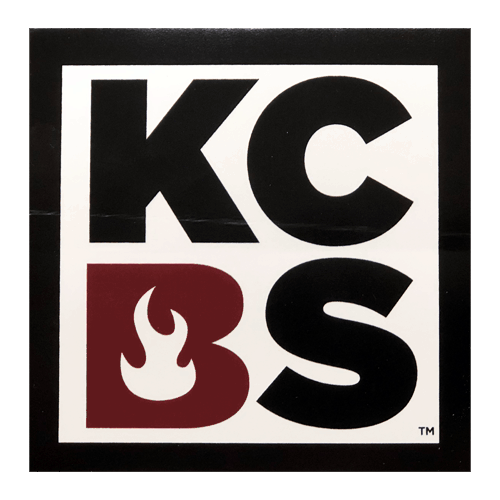One of the things that makes Comgraphx great is the friendly knowledgeable people that work here who deal with this question every day. All artwork is different, and some can get very complicated so if you have questions just give us a call and we can help you through it. Some of the basic rules are: Spot colors are very vibrant, and photographs require CMYK colors to be printed in order for them to look photographic. Some graphics are obviously spot colors because you can only see one or two colors, those are easy. Spot colors provide a clean vibrant, strong color and you can be assured that the color matches the Pantone® number provided. Solid colors can also be emulated using CMYK; however, CMYK color gamut has a limited spectrum of colors that can be achieved. For instance, if you have a photo but also want to achieve a bright green printed element below your photo you can choose to print CMYK plus one spot color of green. This will allow you to get the photo you want as well as the bright strong spot color as well.
What is the difference between CMYK versus Spot Colors?
CMYK: These 4 letters describe a process of printing. C is for cyan, M is for magenta, Y is for Yellow and K is for Black. They all make sense except for the K – right? The K is for “Key” meaning it is the key color that Cyan, Magenta, and Yellow register to. As a useful mnemonic, some say K was used for black instead of B because the letter B could be mistaken for Blue, so they used the last letter in black. The “Key” color also helps us remember the K is for black as most photos rely on the black color to tie everything together. CMYK is also referred to in many different ways but it all means the same thing. 4cp stands for (four-color process), Full Color printing is also used to refer to the CMYK printing method.
Spot colors are single colors of ink used to produce the printed image. When using spot colors, it is good to have a common reference point to choose your colors from. At Comgraphx we use the Pantone® matching system. This provides consistency throughout the printing community. Spot colors are assigned a Pantone® number that coincides with a Pantone® book. Allowing customers to choose a color from their own book or from a local printer and have the comfort of knowing we are looking at the same color in our own book and we can match their spot color on press.
Printing CMYK and Spot Colors Digitally
Spot colors can be emulated digitally but are still CMYK. We use software to get as close as the digital press can get using “color replacement”. This means if you pick Pantone 185 Red for instance, the press knows how to produce that color as close as it possibly can. Almost all digital printing is based on the CMYK process. Digital printing sprays various sized dots in varying degrees of intensity to create your photographic image to exacting specification. The smaller the dot the higher the definition of the print can be. The larger the dot the more ink laid down, increasing longevity. Some digital presses can be equipped with a spot color – such as the spot color white. This allows printing on a wide variety of surfaces (such as clear substrates). Printing a layer of white before printing CMYK allows colors to look opaque and keep their true vibrancy.
If you are looking for strong vibrant colors, screen printed spot colors just can’t be beat. If you’re wanting a full spectrum of colors CMYK is the way to go. It all depends on what your design looks like and what you’re trying to achieve. As an example we had a customer that wanted 8 different designs of the same logo. Each design had different colors in it. We stripped all the designs together to save money (more on stripping up jobs in a later blog). When we counted all the colors it would have been 12 spot colors but we were able to get it down to 6 colors by combining CMYK plus 2 spot colors. Saving the customer money and getting them exactly what they wanted. Let us help you decide if CMYK or Spot colors is the way for you to go to get your brand out there!


